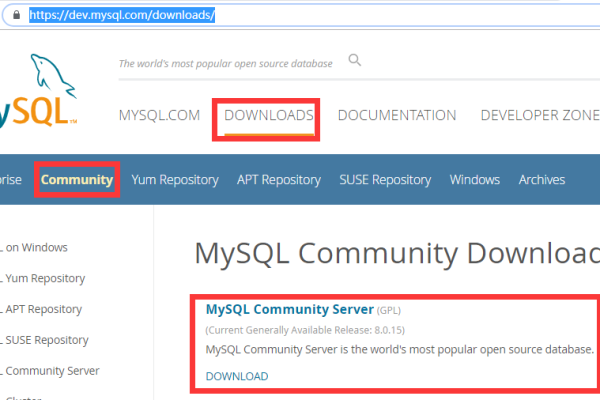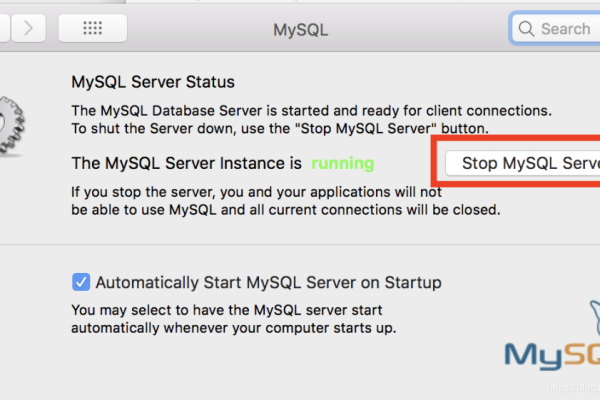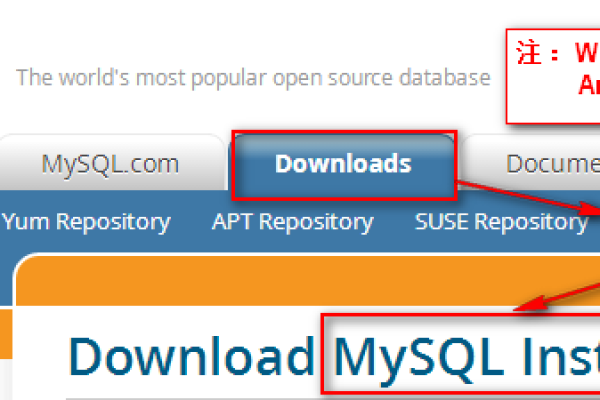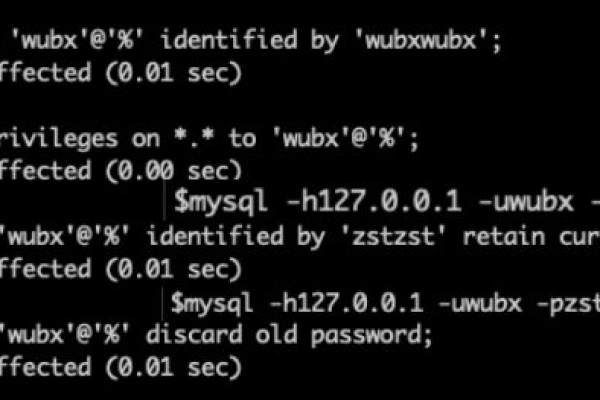如何配置MySQL数据库以实现远程备份到OBS桶?
- 行业动态
- 2024-08-13
- 3
在当前时代,数据库的数据备份是确保信息安全性和数据一致性的关键环节,尤其是对于MySQL这样的广泛应用在全球的数据库系统而言,远程备份不仅有助于防止数据丢失,还提高了数据管理的灵活性,将深入探讨如何配置MySQL数据库以实现数据安全地远程备份至OBS桶。
1、准备工作和基础设定
选择合适的备份工具:使用mysqldump命令,这是MySQL数据库备份最常用的工具之一。mysqldump能够产生数据库的SQL格式导出,适合用于后续的数据库恢复和数据迁移操作。
确认网络设置:确保远程MySQL服务器与OBS桶之间的网络连通性,如果有必要,配置网络防火墙规则,允许备份流量通过指定端口。
配置访问权限:为了安全执行备份操作,需为执行备份的用户配置适当的数据库权限,如SELECT、LOCK_TABLES等。
2、备份命令的详细使用
生成备份命令:基本的备份命令格式如:mysqldump h[数据库地址] u[用户名] p[密码] [数据库名] > [备份文件路径]。mysqldump h127.0.0.1 P3306 utest p123456 student > /path/to/backup/student.sql,这里student是要备份的数据库名称,而/path/to/backup/student.sql是备份文件的存储路径。
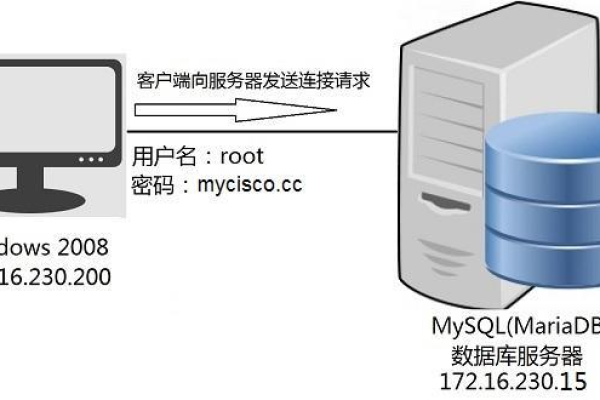
远程备份的安全考量:使用SSH隧道来保护备份过程中数据传输的安全性,通过SSH隧道,可以在不安全的网络环境中安全传输数据。
3、自动化和定期备份
批处理脚本:为了简化备份过程,可以将备份命令写入批处理脚本中,这在Windows环境下尤为有用,利用脚本可以方便地加入定时任务,实现自动备份。
日志和监控:配置备份日志记录和监控系统,以便实时跟踪备份过程的状态,及时发现并解决备份失败的问题。
4、进阶备份策略
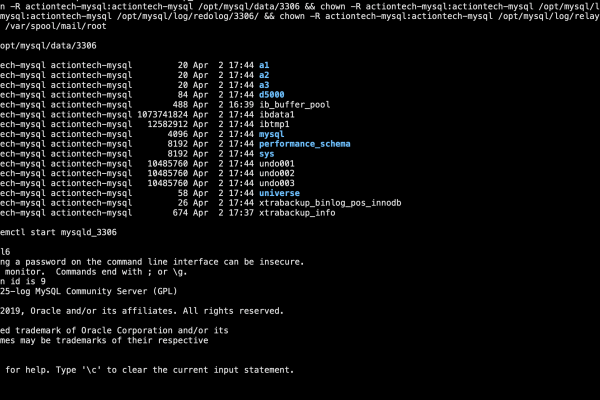
增量备份:虽然MySQL不直接支持增量备份,但可以通过利用mysql二进制日志间接实现此功能,这可以减少备份时间及存储空间的需求,仅备份自上次备份以来发生变化的数据。
5、数据恢复方案
恢复方法:备份的最终目的是为了在需要时能够完整无误地恢复数据,MySQL数据可以通过多种方式恢复,例如使用mysql命令导入备份文件。
关于mysql数据库远程备份至OBS桶,有以下几个关键点需要注意:
确保OBS桶的访问密钥安全,避免因密钥泄露导致数据风险。

考虑数据加密选项,特别是当数据包含敏感信息时,确保数据在传输和存储过程中均为加密状态。
配置MySQL数据库进行远程备份至OBS桶是一个涉及多个步骤的过程,从选择合适的工具和方法,到确保数据在传输和存储过程中的安全,都是保证备份成功的关键因素,通过实施这些步骤,可以有效地保护数据不受意外损失,并确保业务连续性。
